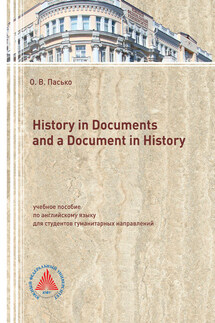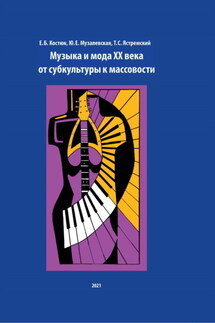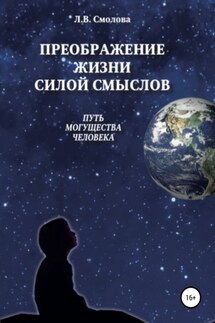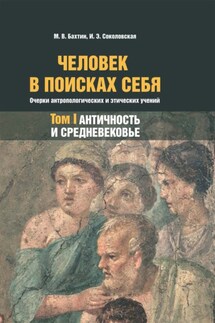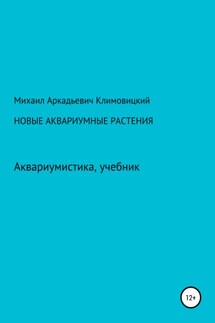History in Documents and a Document in History - страница 9
In America, archaeological evidence indicates that paper was invented by the Mayans no later than the 5th century AD. It was in widespread use among Mesoamerican cultures until the Spanish conquest. In small quantities, traditional Maya papermaking techniques are still practiced today. The paper was thin and translucent, not like modern western paper, and thus only written on one side. Books were invented in India, of palm leaves where we derive the name leaf for a sheet of a book. The first paper mill in Europe was in Spain in1120. Paper was manufactured in both Italy and Germany by 1400, just about the time when the woodcut printmaking technique was transferred from fabric to paper.
1. Answer the following questions:
1) What is a papermaking process?
2) What type of wood is used to make paper?
3) What substances are incorporated into paper and why?
4) What is the origin of the word “paper”?
5) When and where was the modern method of papermaking invented?
6) When and where was papyrus invented?
7) What materials were used for writing in China before paper?
8) What purposes was paper used for in China?
9) What for was paper used during the Tang and Song Dynasties?
10) What types of toilet paper were used by emperor`s court in China?
11) What other peoples made paper?
12) How are the Mayas linked to the papermaking process?
2. Find the English equivalents in the text:
3. Match the words on the left with their definitions on the right.
Text 7. Parchment
1. Read the text and translate the words and phrases given in bold:
Parchment is a thin material made from calfskin, sheepskin or goatskin. It is used as a material for writing on, for documents or the pages of a book, codex or manuscript. Parchment is not waterproof. Herodotus mentioned writing on skins as common in his time in the 5th century BC. He stated that the Ionians of Asia Minor had been accustomed to give the name of skins to books. This word was adapted by Hellenized Jews to describe scrolls.
Parchment was developed in the city of Pergamum. Perhaps, the word “parchment” evolved from this name in about 263–241 BC. In the 2nd century BC a great library was set up in Pergamum that rivalled the famous Library of Alexandria. Writing on prepared animal skins had a long history. The earliest of such documents are: a fragmentary roll of leather of the Sixth Dynasty preserved in the Cairo Museum; a roll of the Twelfth Dynasty now in Berlin; the mathematical text now in the British Museum; and a document of the reign of Ramses II. Early Islamic texts are also found on parchment. One sort of parchment was called vellum. This word was used to mean fine parchment. This parchment was made from calfskin.
There was a short period during the introduction of printing where parchment and paper were used interchangeably: although most copies of the Gutenberg Bible are on paper, some were printed on parchment. In the later Middle Ages, parchment was largely replaced by paper. Paper was much cheaper and more abundant than parchment. Parchment is also extremely affected by its environment and changes in humidity, which can cause buckling. Books with parchment pages were bound with strong wooden boards and clamped tightly shut by metal clasps or leather straps.
After being flayed, the skin is soaked in water for about one day. This removes blood and grime from the skin and prepares it for dehairing liquor. The dehairing liquor was originally made of fermented or vegetable matter, like beer. By the Middle Ages an unhairing bath included lime. The liquor bath was in wooden or stone vats. Sometimes the skins stayed in the unhairing bath for eight or more days depending how concentrated and how warm the solution was. Replacing the lime water bath also sped the process up.
